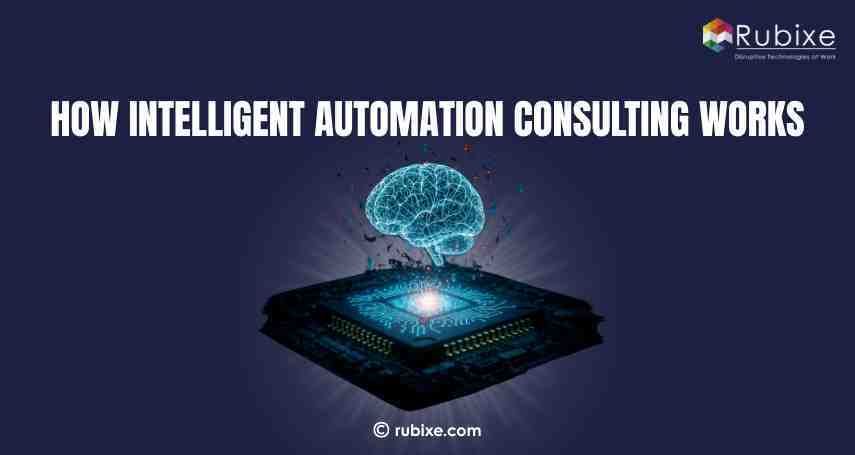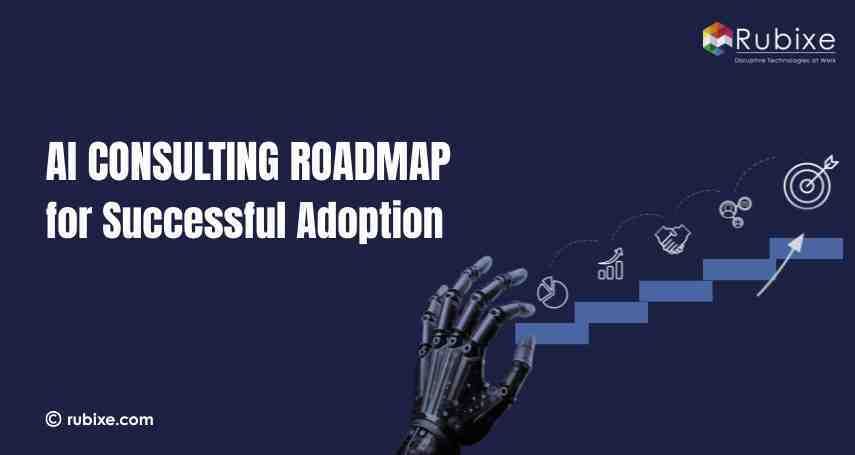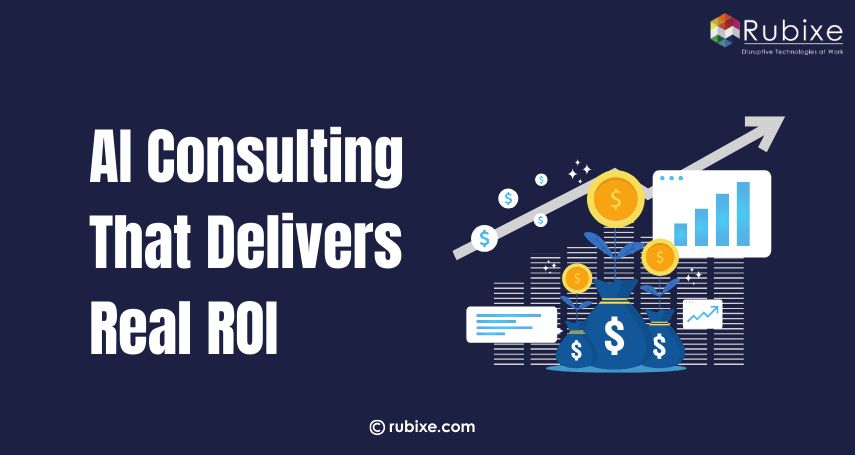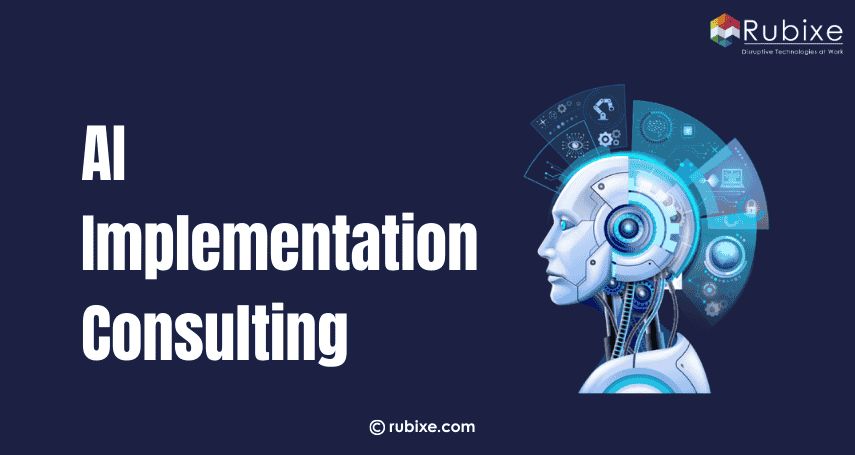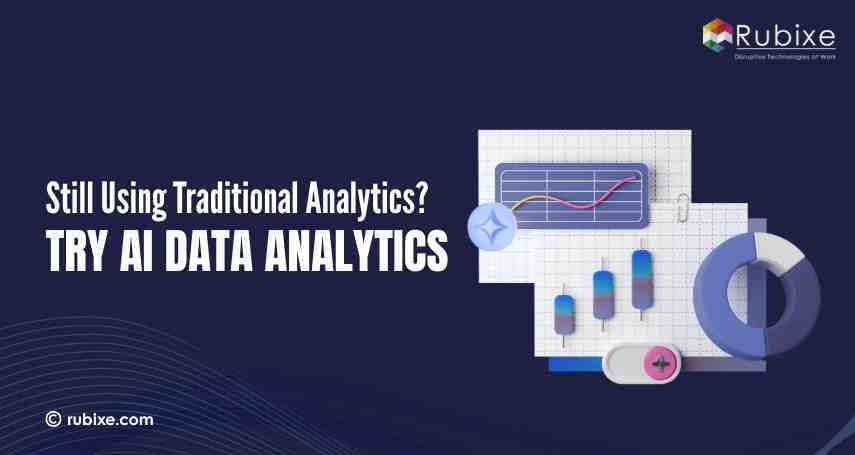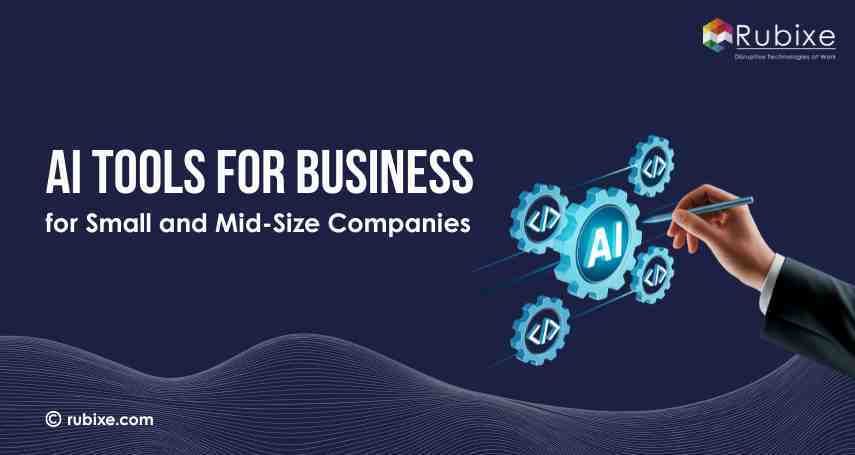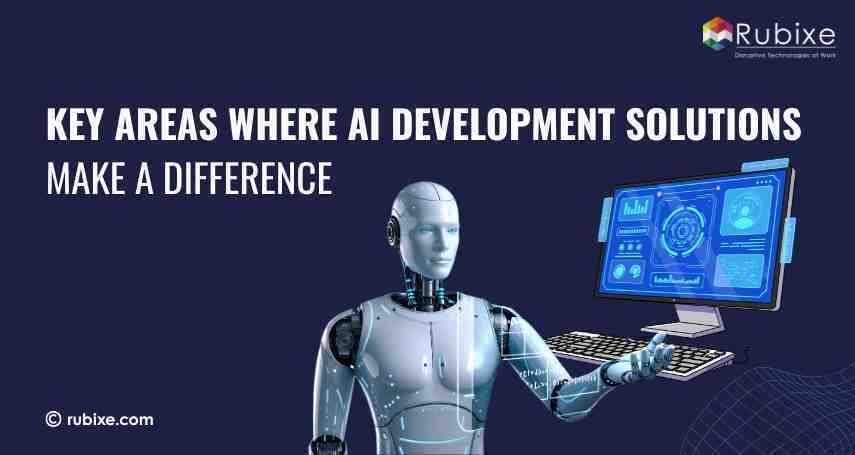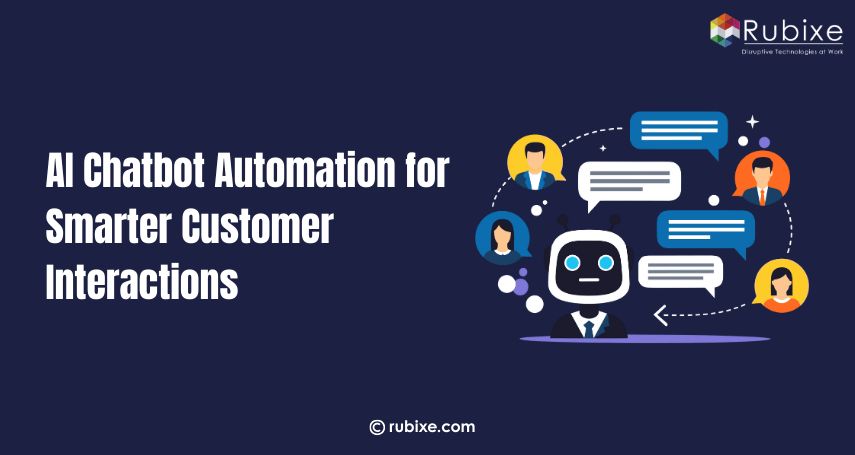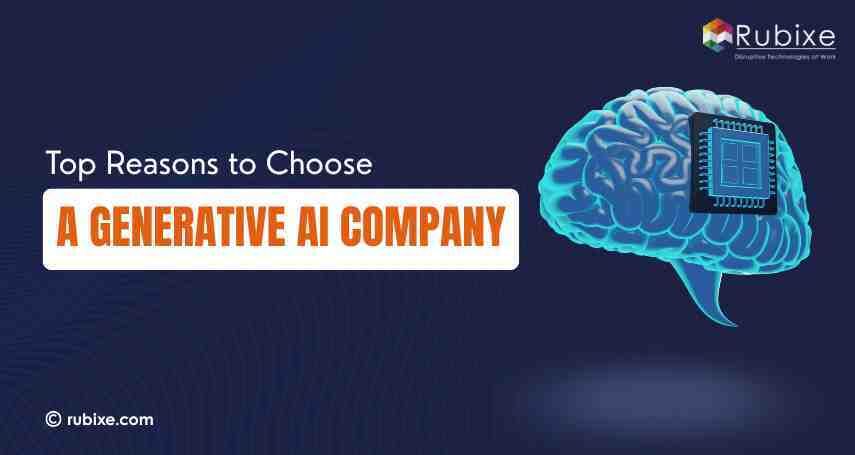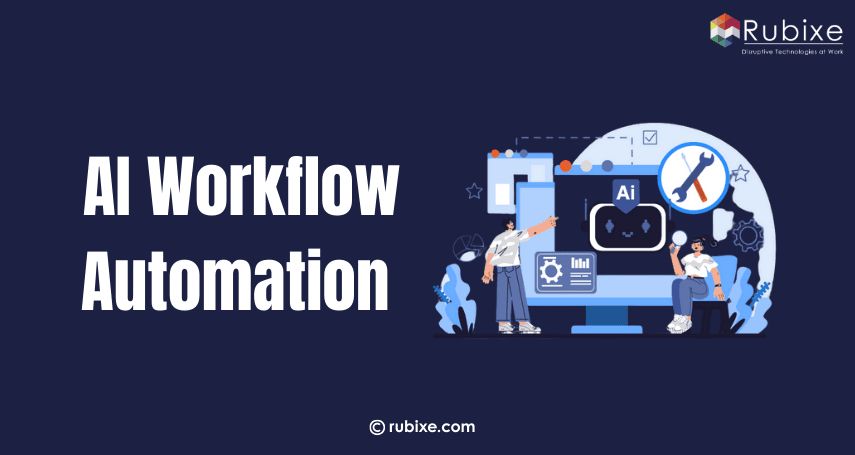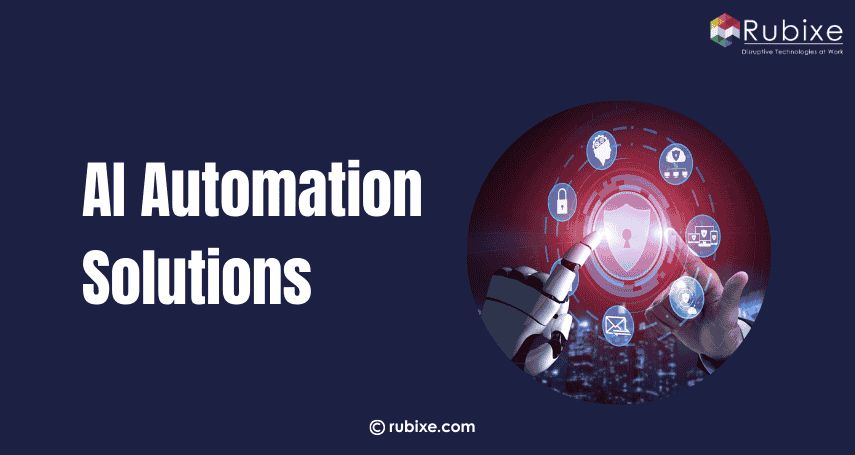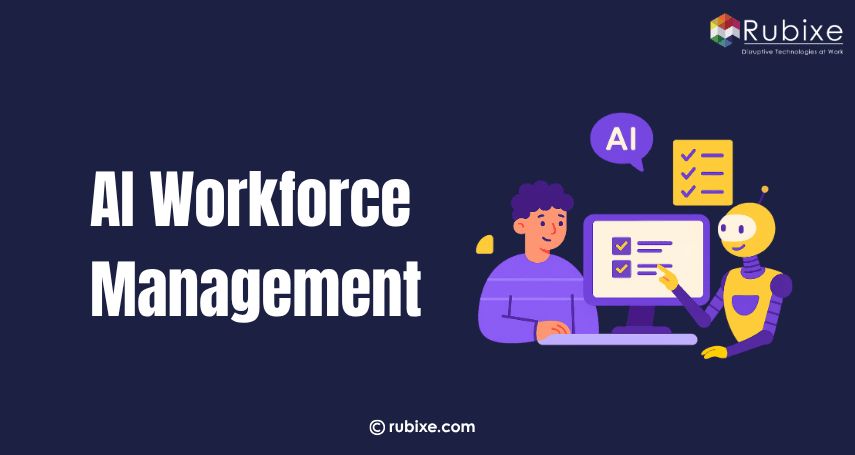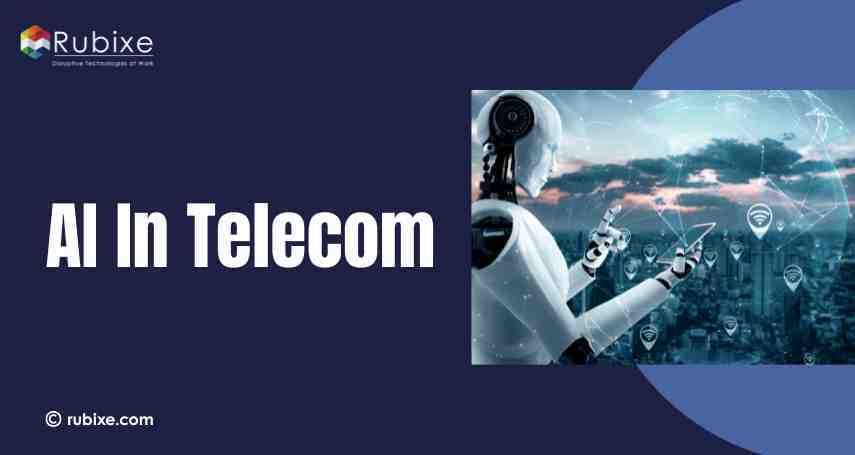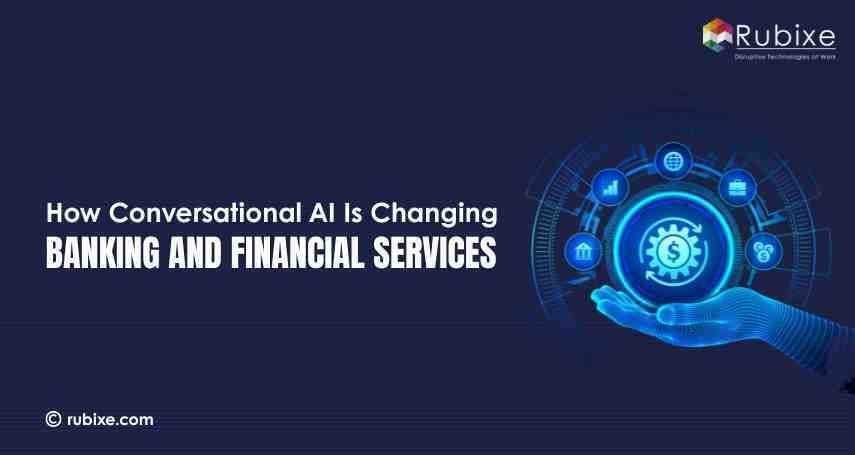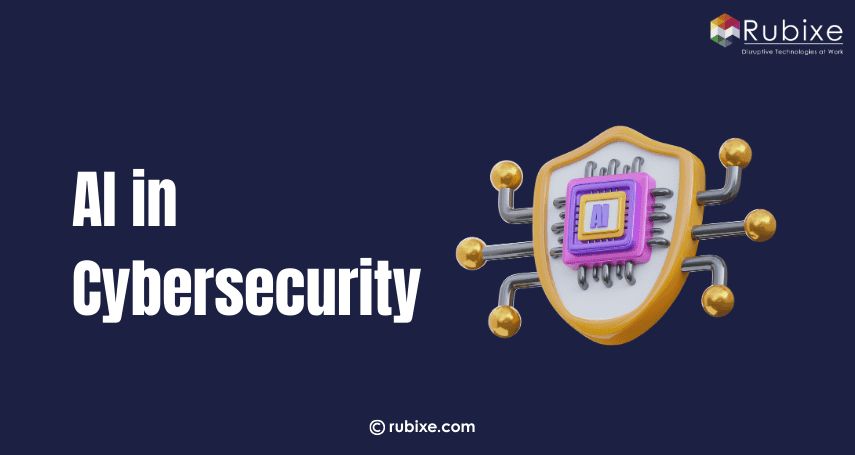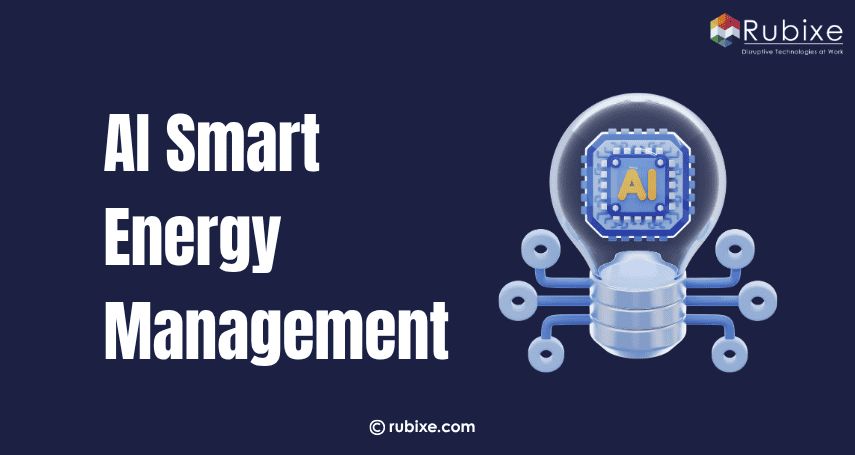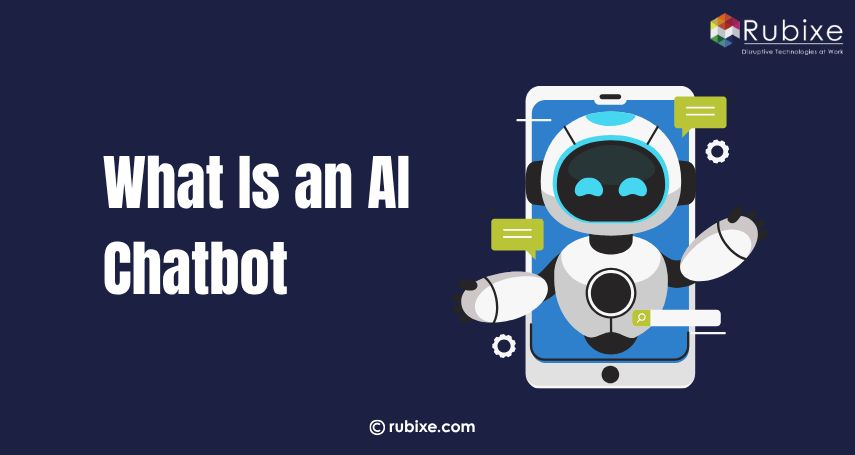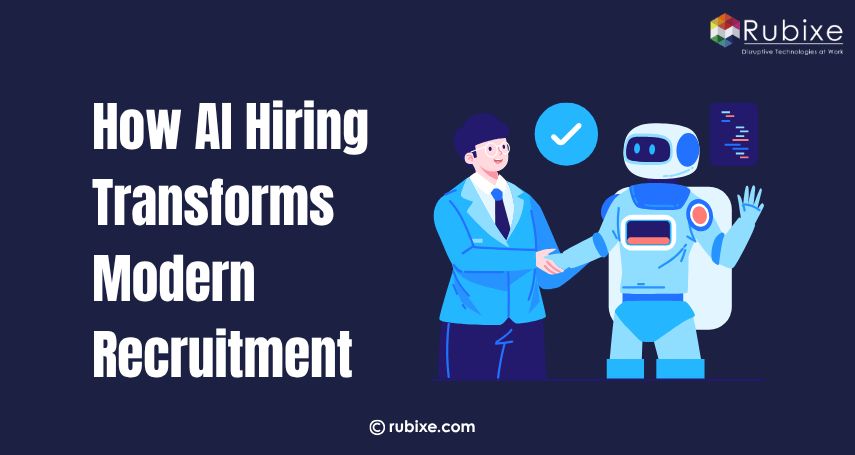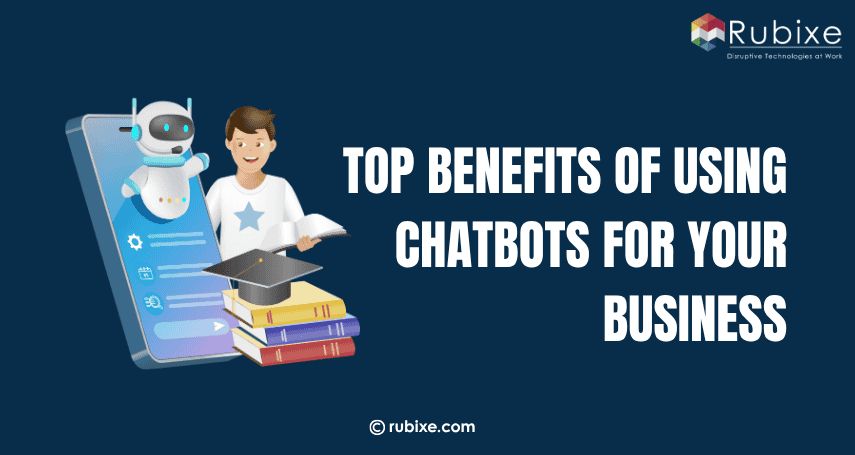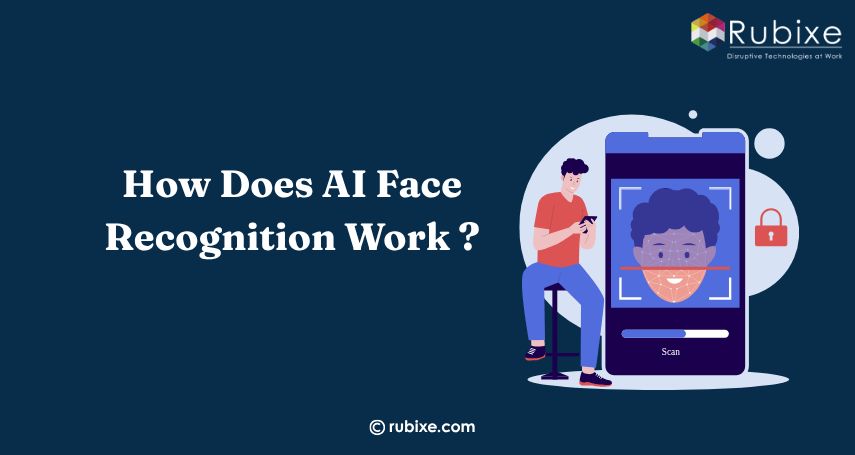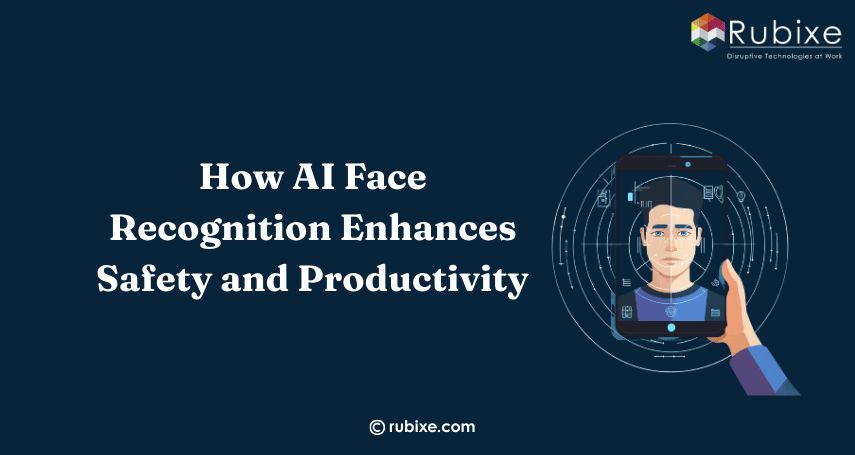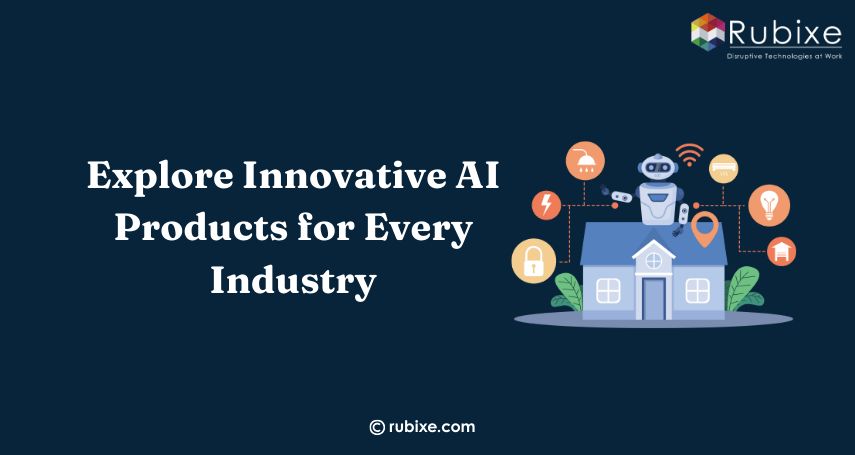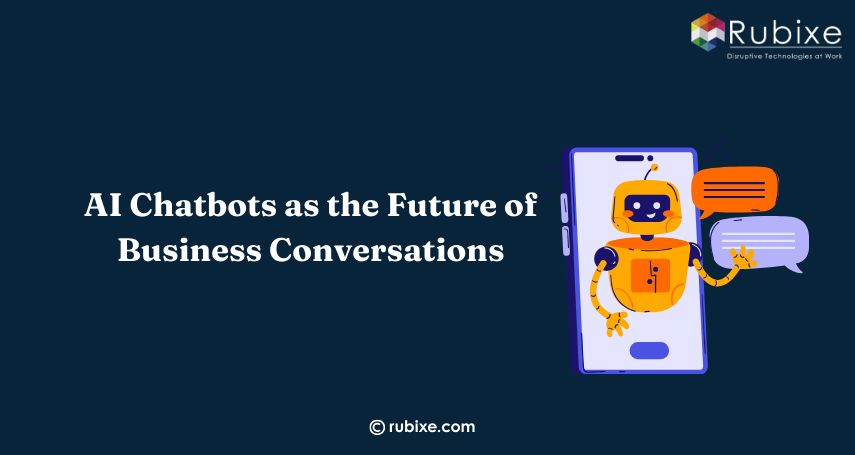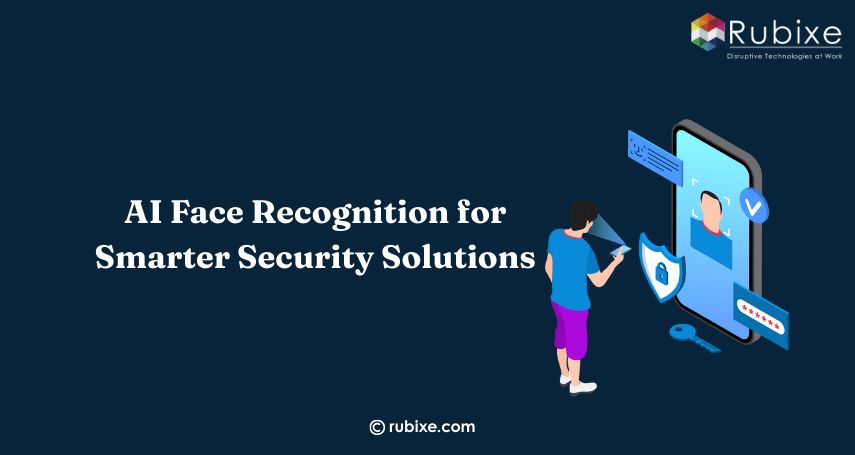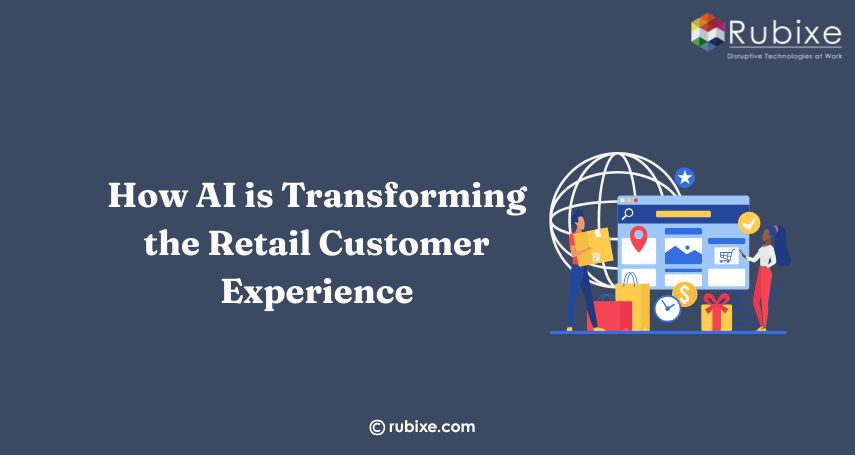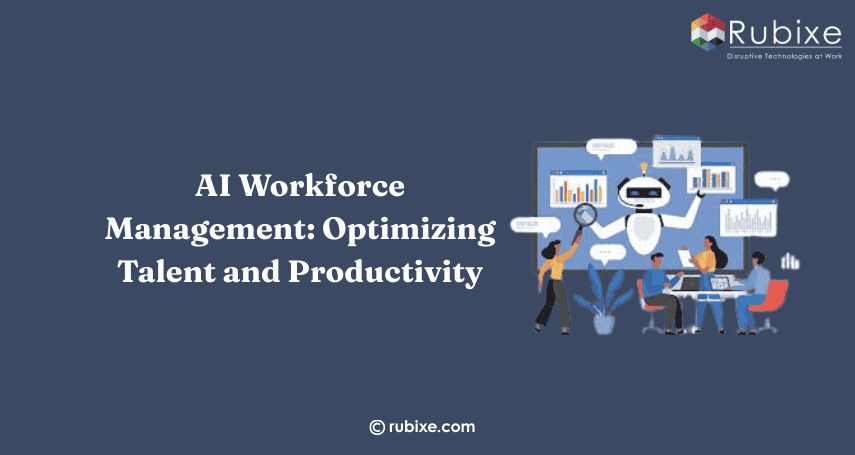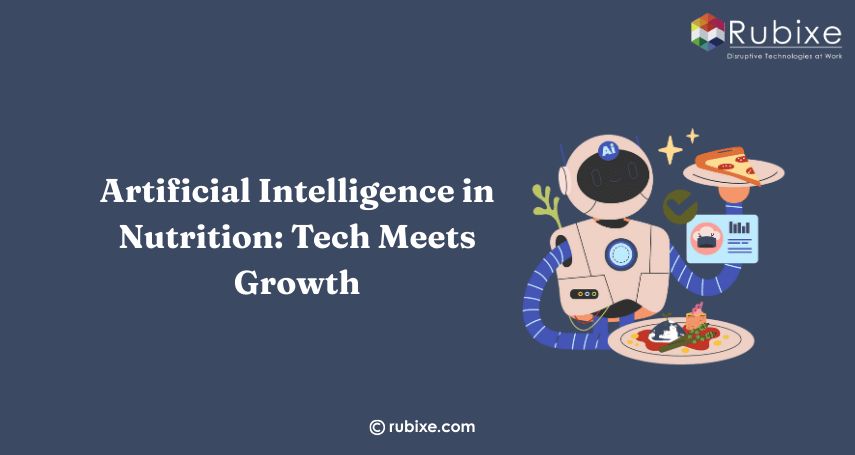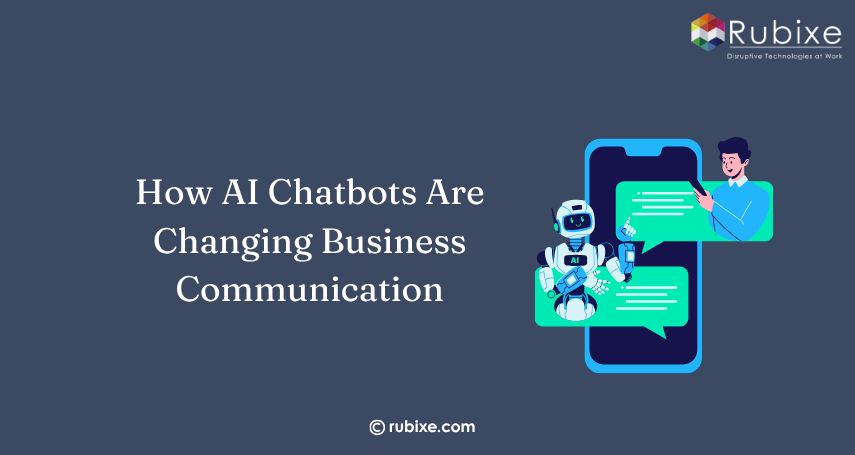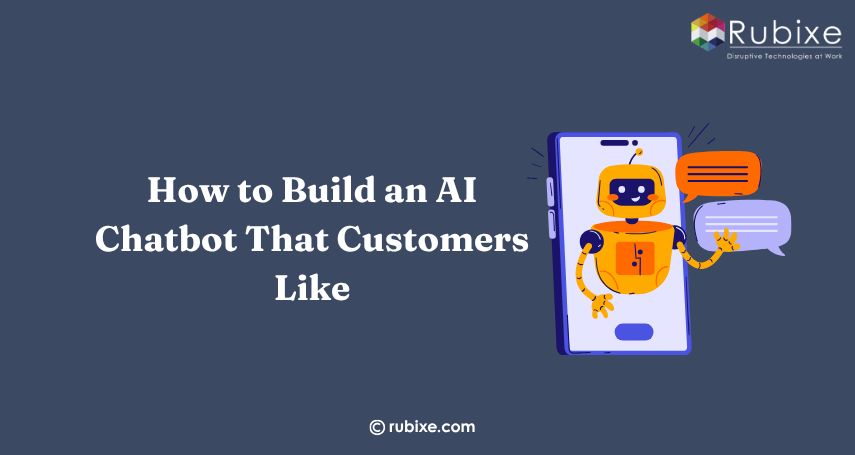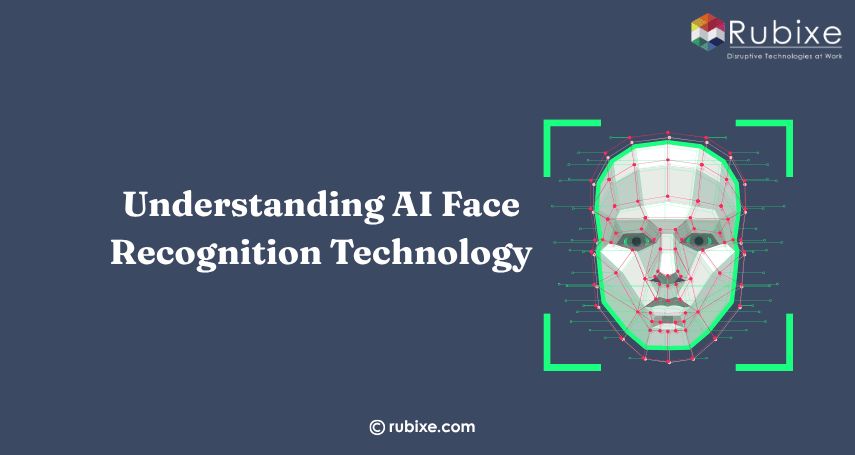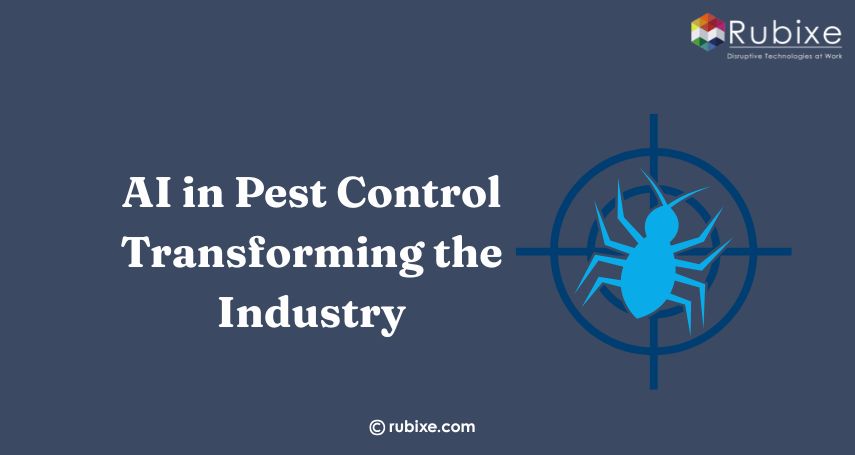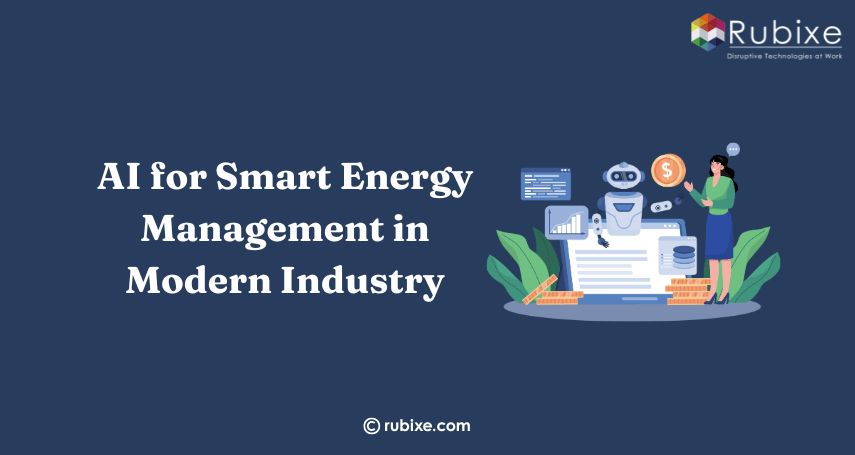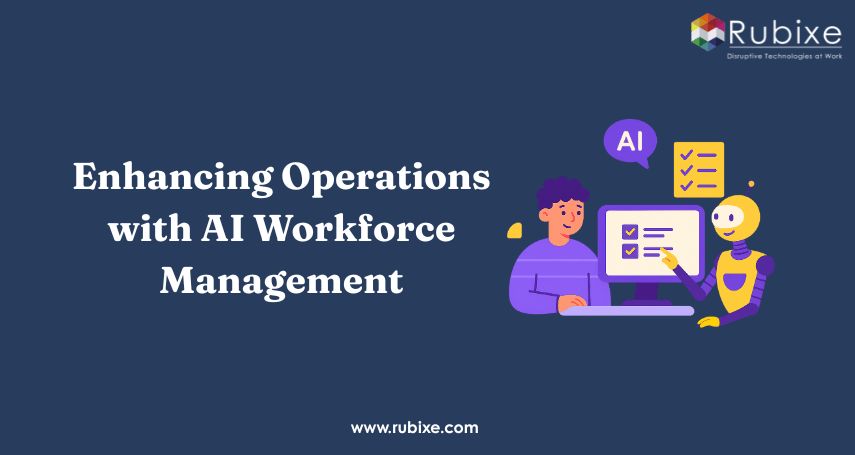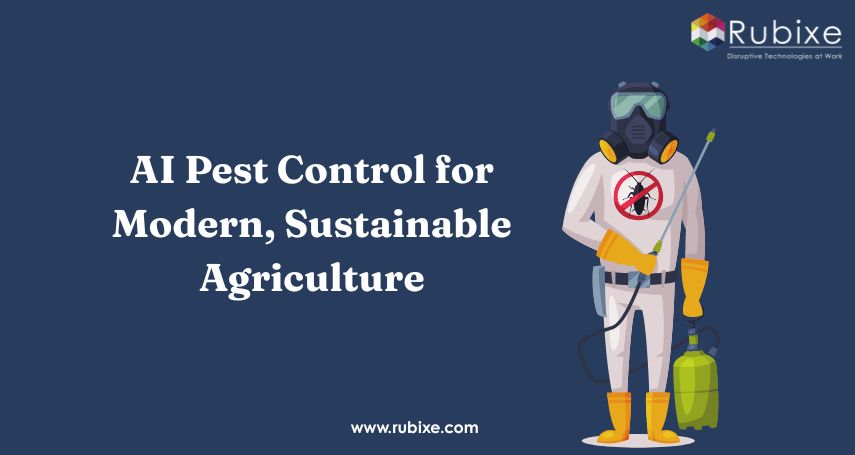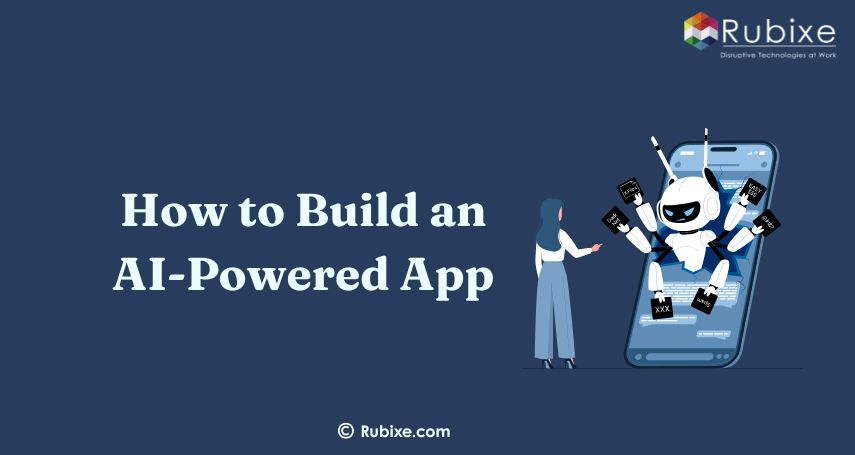Curious about AI products and how they’re reshaping businesses and daily life? You’re not alone. These are powerful tools driving innovation across industries, from healthcare to agriculture. In this beginner-friendly guide, we answer the question, “What are AI products?” by exploring seven transformative examples: Chatbots, AI for Hiring, Nutrition Management, Facial Recognition, Workforce Management, Smart Energy Management, and AI Pest Control. Through real-world case studies, we’ll show how these AI products solve problems, save time, and boost efficiency in 2025.
Understanding AI Products
AI products are tools powered by artificial intelligence technologies like machine learning, natural language processing (NLP), and computer vision. Unlike traditional software, AI products learn from data, adapt to new information, and make decisions with minimal human input. They’re designed to tackle specific tasks, such as answering customer queries or detecting pests in crops.
In 2025, AI products for businesses will be more accessible than ever, enabling companies and individuals to stay competitive. For example, a small business might use a chatbot to improve customer service, while a farmer relies on AI pest control for sustainable farming. A 2024 The The Gartner report highlights that AI adoption grew by 33% in 2024, driven by AI products. Let’s dive into seven AI products and their real-world applications.
1. Chatbots: Your Always-On Customer Support
Chatbots use NLP to interact with people, answering questions, booking appointments, or resolving issues instantly. They’re like virtual assistants available 24/7.
How They Work
Chatbots process text or voice inputs and respond using pre-trained data. They integrate with websites, apps, or platforms like WhatsApp, learning from each interaction to improve accuracy. For example, a retail chatbot might suggest products based on past purchases. Learn more about our chatbot solutions.
Case Study: T-Mobile’s T-Chat
T-Mobile’s T-Chat chatbot handled 80% of customer inquiries in 2024, saving millions in support costs (source). Customers get instant answers about billing or plan upgrades, boosting satisfaction by 15%. T-Chat’s ability to handle thousands of queries simultaneously shows how AI products scale customer service while keeping it personal.
Benefits
-
24/7 Availability, No Wait Times: Instant support anytime, boosting customer satisfaction.
-
Up to 70% Cost Reduction: Automates routine tasks, cutting operational expenses and freeing up human agents.
-
Personalized Responses: Tailors interactions for stronger customer loyalty and trust.
2. AI for Hiring: Smarter, Fairer Recruitment
AI products for hiring automate time-consuming tasks like resume screening, candidate interviews, and job matching, making recruitment faster and more equitable.
How They Work
These tools use machine learning to analyze resumes and predict candidate fit based on skills and experience. Some platforms assess communication through video interviews, while others use gamified tests to evaluate problem-solving. Explore our AI hiring tools.
Case Study: Unilever’s AI Recruitment
Unilever’s AI platform, powered by HireVue, screened 250,000 applicants across 190 countries in 2023, cutting hiring time by 20% (source). Gamified assessments reduced bias by 12%, ensuring a diverse workforce. This AI product helps companies find top talent efficiently.
Benefits
-
Speeds up hiring by 20-30%: Significantly reduces time-to-hire through efficient screening and automated processes, allowing you to fill critical roles faster.
-
Minimizes bias with standardized evaluations: Ensures fair and objective candidate assessment by applying consistent criteria, promoting diversity, and ensuring equal opportunity.
-
Matches candidates to roles with high accuracy: Utilizes advanced algorithms to pinpoint the best fit for each position, leading to better hires and reduced turnover.
3. Nutrition Management: Personalized Health Plans
Nutrition management AI products create tailored diet plans based on health data, helping people achieve wellness goals like weight loss or managing diabetes.
How They Work
These tools analyze data from wearables, apps, or medical records to recommend meals or track nutrient intake. AI chatbots provide real-time advice, like suggesting low-carb snacks. See our nutrition solutions.
Case Study: NutriSense’s CGM Program
NutriSense’s AI app helped 10,000+ users manage blood sugar in 2024 using continuous glucose monitors (source). A Type 2 diabetic user lowered A1C by 1.5% in three months by following personalized diet suggestions. This AI product empowers users with data-driven health insights.
Benefits
-
Customizes diets to individual health needs: Tailors nutritional plans based on unique health goals, dietary restrictions, and biometric data for optimal results.
-
Offers 24/7 support via AI chatbots: Provides instant, always-on guidance and answers to diet-related questions, enhancing user engagement and adherence.
-
Prevents chronic conditions with early intervention: Identifies potential health risks proactively and suggests personalized dietary and lifestyle adjustments to mitigate future health issues.
4. Facial Recognition: Secure and Seamless Access
Facial recognition AI products identify people using facial features, enhancing security and streamlining processes in retail, airports, and devices.
How They Work
Using computer vision, these tools map facial landmarks and match them to databases, working in real-time even in low-light conditions. They’re regulated by laws like the EU AI Act for ethical use.
Case Study: Clearview AI at Retail
A U.S. retail chain used Clearview AI in 2024 to reduce theft by 40% with 95% accurate facial recognition (source). It also sped up VIP check-ins, improving customer experiences. This AI product balances security and convenience.
Benefits
-
Enhances security without invasive measures: Implements robust protection that is seamless and user-friendly, maintaining privacy while deterring threats effectively.
-
Simplifies access to devices or services: Provides effortless and intuitive entry, reducing friction and improving the user experience for authorized individuals.
-
Scales across multiple locations: Easily deploys and manages security and access solutions across diverse geographical footprints, ensuring consistent protection everywhere.
5. Workforce Management: Streamlined Scheduling
Workforce management optimizes employee schedules, tracks performance, and predicts staffing needs, ideal for retail, healthcare, and logistics.
How They Work
AI analyzes sales trends, demand forecasts, and employee availability to create efficient schedules. Chatbots handle shift requests, while analytics provide performance insights. Check our workforce solutions.
Case Study: Walmart’s AI Scheduling
Walmart’s Kronos AI system scheduled 2.3 million employees across 4,700 stores in 2023, saving 25% on scheduling time (source). It reduced overstaffing costs by 15% and improved employee satisfaction with flexible shifts. This AI product enhances operational efficiency.
Benefits
-
Saves time and reduces labor costs: Automates scheduling, cutting administrative hours and minimizing overtime, leading to significant operational savings.
-
Boosts employee morale with fair schedules: Creates equitable and balanced work rosters, reducing burnout and increasing job satisfaction through transparency and consideration.
-
Predicts staffing needs accurately: Utilizes data to forecast demand, preventing overstaffing or understaffing and ensuring optimal workforce utilization.
6. Smart Energy Management: Sustainable Power Solutions
Smart energy management optimizes energy use, reduces waste, and supports sustainability for businesses and utilities.
How They Work
AI processes data from smart meters, weather forecasts, and consumption patterns to balance energy loads. NLP-powered chatbots assist customers with usage queries, while predictive models improve grid efficiency.
Case Study: Google’s DeepMind
Google’s DeepMind AI reduced data center energy consumption by 40% in 2024, saving millions in costs and cutting carbon emissions.
Benefits
-
Lowers energy costs by up to 30%: Optimizes energy consumption through smart management, leading to significant savings on utility bills.
-
Supports renewable energy integration: Seamlessly incorporates solar, wind, and other green power sources into the grid, promoting sustainability.
-
Enhances customer engagement through AI interfaces: Provides intuitive, personalized interactions, empowering users with real-time data and control over their energy usage
7. AI Pest Control: Sustainable Agriculture
AI pest control protects crops by detecting pests and weeds with precision, reducing reliance on harmful pesticides.
How They Work
Using computer vision, these tools analyze images from drones or cameras to identify pests or weeds. Machine learning targets specific areas for treatment, minimizing environmental impact.
Case Study: John Deere’s See & Spray
John Deere’s See & Spray AI system reduced pesticide use by 77% in Iowa farms in 2024, boosting crop yields by 10% (source). By applying herbicides only where needed, this AI product promotes sustainable farming.
Benefits
-
Reduces pesticide use, protecting the environment: Precisely targets pests, minimizing chemical application and safeguarding ecosystems, biodiversity, and soil health.
-
Increases crop yields and farm profitability: Optimizes resource allocation (water, nutrients) and pest control, leading to healthier crops, higher output, and greater financial returns for farmers.
-
Scales to small and large farms: Adaptable technology that provides significant benefits across diverse farm sizes and operational complexities, democratizing advanced agricultural practices.
Why AI Products Matter in 2025
AI products are no longer optional—they’re essential for staying competitive. They automate tasks, cut costs, and drive innovation across industries. A 2024 Statista study predicts AI will contribute 21% to global GDP by 2030. For businesses, AI products offer a competitive edge, while individuals benefit from tools like nutrition management for healthier lives.
However, adopting AI products comes with challenges, such as data privacy concerns or implementation costs. Partnering with trusted providers like Your Company Name ensures seamless integration and ethical use. By choosing the right AI products, you can unlock their full potential without the hassle.
Getting Started with AI Products
Ready to harness AI products? Here’s how to begin:
-
Identify Your Needs: Want better customer service? Try chatbots. Need efficient hiring? Explore AI recruitment tools.
-
Partner with Experts: Work with Your Company Name for tailored AI products and support.
-
Start Small: Test one AI product, like a chatbot, before scaling to others.
-
Measure Results: Track metrics like cost savings, customer satisfaction, or crop yields to see the impact.
To make adoption easier, consider a pilot project. For example, a retailer could test a chatbot for one month, measuring response times and customer feedback. This low-risk approach helps you evaluate AI products before full commitment.
Take the Next Step
AI products are transforming industries, and Your Company Name is here to guide you. From chatbots to AI pest control, our solutions empower businesses and individuals to thrive in 2025. Whether you’re a small business, healthcare provider, or farmer, we offer AI products for businesses tailored to your needs. Contact us today for a free consultation and discover how AI products can unlock your potential.
Get Your Free Consultation | Explore Our AI Products
